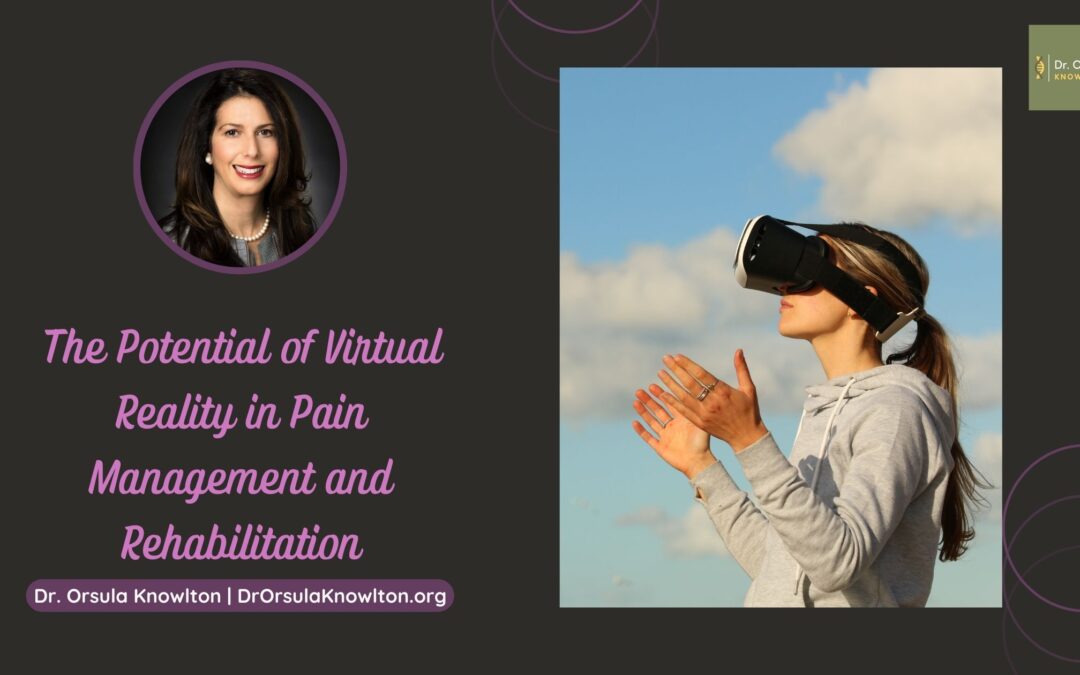In recent years, virtual reality (VR) has emerged as a transformative technology with the potential to revolutionize various fields. Beyond gaming and entertainment, VR has shown immense promise in pain management and rehabilitation. By immersing individuals in virtual environments, VR can alleviate pain, enhance rehabilitation outcomes, and improve overall well-being. In this blog, we explore the exciting potential of virtual reality in pain management and rehabilitation.
Distraction and Pain Reduction
One of the primary benefits of virtual reality in pain management is its ability to distract individuals from physical discomfort. By creating immersive and engaging virtual environments, VR can divert patients’ attention away from their pain, helping to reduce their perception of discomfort. Studies have demonstrated that VR experiences can significantly reduce pain and anxiety during various medical procedures, such as wound dressing changes, dental treatments, and childbirth.
Rehabilitation and Physical Therapy
Virtual reality also holds great potential in the field of rehabilitation. VR-based exercises and simulations can provide a dynamic and interactive platform for physical therapy. By replicating real-world movements and environments, VR can enhance the engagement and motivation of patients, leading to more effective rehabilitation outcomes. For example, stroke patients can practice their motor skills in a virtual setting that offers immediate feedback and personalized exercises, promoting faster recovery and improved motor function.
Mental Health and Well-being
Chronic pain and long-term rehabilitation processes can affect an individual’s mental health. Virtual reality interventions can address this by offering immersive experiences promoting relaxation, stress reduction, and emotional well-being. VR environments can transport patients to serene landscapes, tranquil beaches, or peaceful gardens, allowing them to escape their physical constraints and find solace in a virtual realm. By reducing stress and anxiety, VR contributes to a positive mindset, positively impacting healing.
Neurorehabilitation and Cognitive Training
Virtual reality also shows promise in neurorehabilitation, particularly in cognitive training. VR-based exercises can challenge individuals with cognitive impairments in safe and controlled environments. By simulating daily activities and tasks, VR can provide a platform for patients to practice their cognitive skills, including memory, attention, problem-solving, and spatial awareness. Moreover, VR offers the flexibility to tailor exercises to individual needs, making it a versatile tool for cognitive rehabilitation.
Conclusion
The potential of virtual reality in pain management and rehabilitation is immense. However, it is important to note that while VR has shown promising results, it should not replace traditional medical interventions but rather complement them. As technology advances, virtual reality may play an increasingly integral role in pain management and rehabilitation, offering new possibilities for patients and healthcare professionals alike.

